Padova Territorial Unit
INSTRUMENTS
The microprobe is an CAMECA SX 50. Built in the early ’90, our instrument is equipped with four WDS spectrometers for quantitative analysis and one EDS spectrometer used for qualitative analysis. The microprobe is also equipped with a transmitted and reflected light microscope, backscattered electron (BSE) detector and secondary electron (SE) detector.
The Hardware-Software system is a SamX product (http://www.samx.com/microanalysis/products/products_us.html/), and include the following programs:
- XMAS is a software package that automates the microprobe, including the stage, faraday cage, reading/writing of beam current and accelerating voltage.
- IDFIX is the SAMx EDS hardware & software.
- HIMAX is the imaging package which can acquire Secondary and X-ray maps in Beam or Stage mode.
- MAXVIEW is the imaging software intimately linked to the EDS software.
for samples preparation, we use a carbon coater Edwards mod. E 306. In the electron microprobe analysis it is essential that sample surface is electrically conductive to avoid charging by the electron beam and damage of the sample. Carbon coating is obtained heating in vacuum (P= 10-5 atm) high purity graphite rods by passing electric current. At a certain temperature carbon evaporates and deposits on the surface of the sample. It is essential that the thickness of carbon coating on sample and standards are the same, to prevent differential X-ray absorption.
Transmitted and reflected polarized light microscopes are used for preliminary observation of samples.
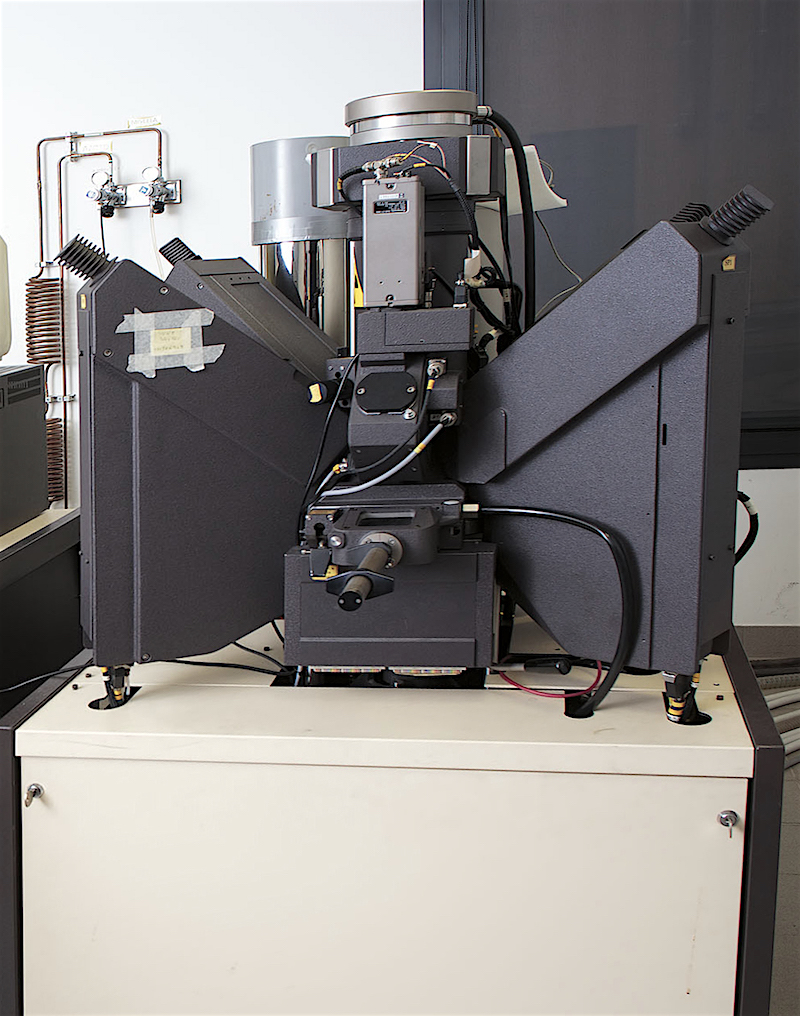
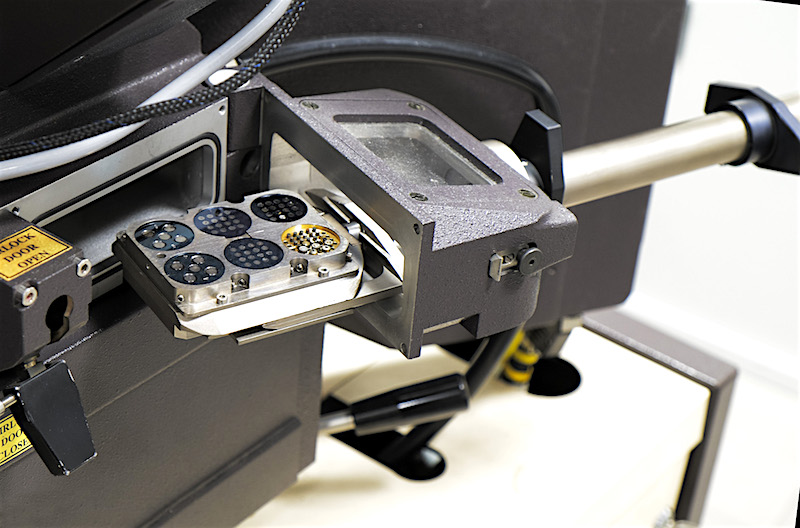
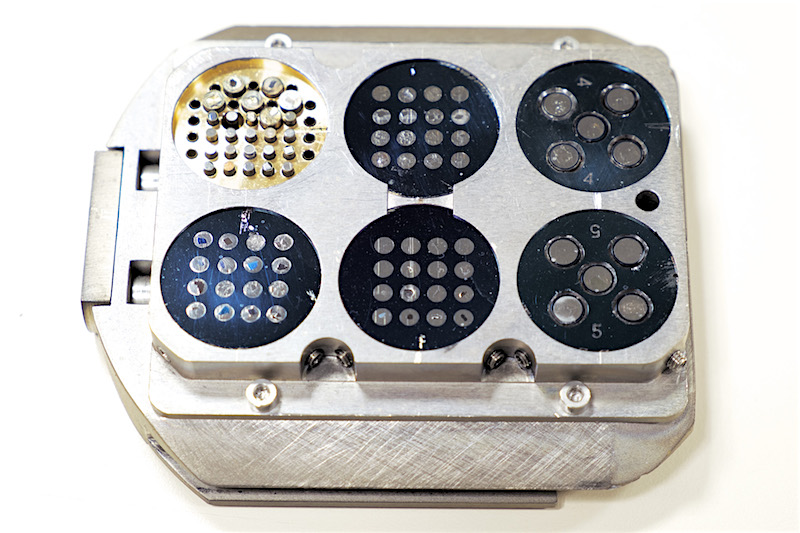
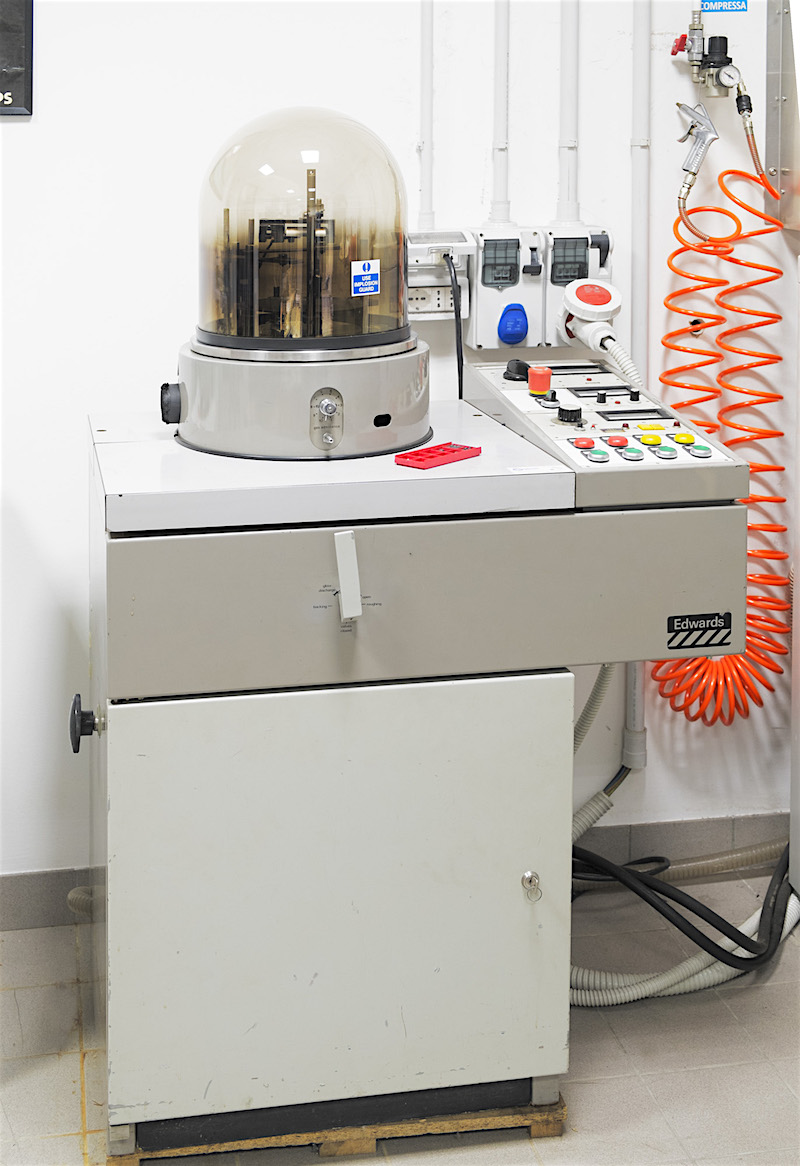
METHODS
In the electron microprobe analysis (EMPA), a fine beam of electrons is focused on a sample to produce characteristic X-rays. The interaction of the electron beam with the sample also produces back-scattered electrons (BSE), secondary electrons (SE) and light (CL). The EDS (energy dispersive spectrometry) analysis of the energy of the emitted radiation allows identifying the present elements (qualitative analysis). The intensities of the characteristic X-ray are roughly proportional to the respective abundance of the emitting elements, so that, by comparison with the intensities of the same elements measured on samples of known compositions (standards) it is possible to retrieve the composition of the unknown sample based on the relation:
IS:CS = Ix:Cx
(I= Intensity; C = Concentration; S= standard; X = unknown sample)
Because of the interaction of the primary X-rays with the specimen atoms, the final emitted X-rays have a different intensity from the generated intensity. This is called “matrix effect” and must be taken into account in the calculation of the element concentration. The three main parameters of the matrix correction (ZAF) are: the atomic number (Z); the absorption (A) and the Fluorescence effects (F). Because the analysis is base on the comparison with a standard, the sample preparation must be the same and a well polished surface is required for accurate quantitative analysis to avoid selective absorption due to unevenness and roughness.
The acquisition time for a standard analysis varies from 5-10 minutes to almost one hour, depending on the kind and number of elements, their concentration and the requested precision.
APPLICATIONS
The electron microprobe analysis is carried out on solid materials and has major applications in the fields of geology, mineralogy, geochemistry, metallurgy, materials science(new materials, glass, ceramics, superconductors, cements) and archaeology (glass ceramics, mortar, pigments), medical geology (bones, dust, teeth...) etc.
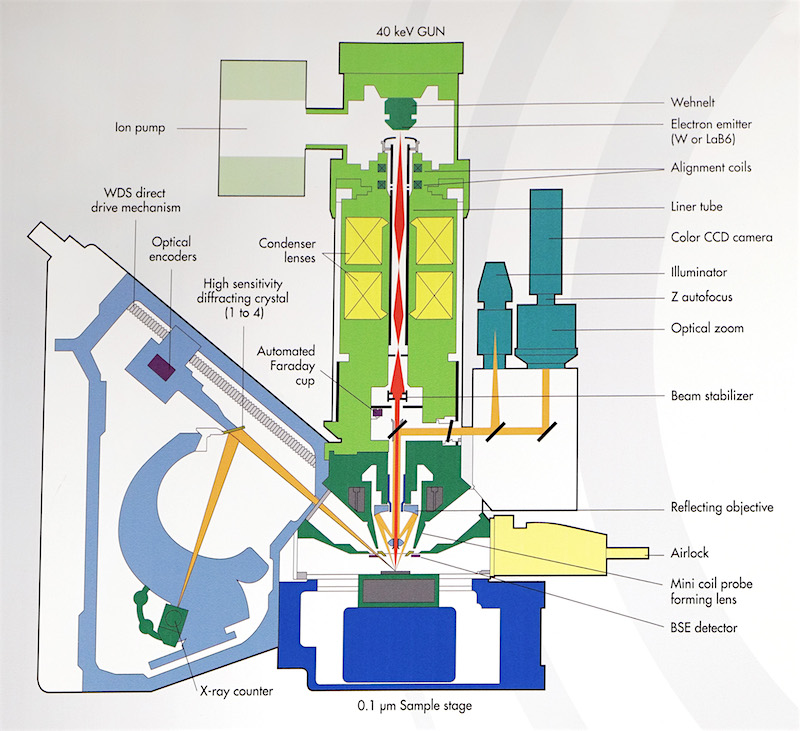
PROJECTS AND SCIENTIFIC INTEREST
The microprobe analysis can now be considered a routine technique, widely used to chemically characterize solid materials and is therefore used in numerous research projects. The Padua laboratory is mainly involved, or provides support, to projects in the field of geosciences, environmental and cultural heritage. The determination of the chemical compositions of minerals, their lateral variability, or zoning, are, in fact, essential parameters to derive thermobarometric conditions, to define melting processes, differentiation, identify metamorphic conditions and obtain indications on the geological history of their host rocks.
Within cultural heritage, investigation on the composition of materials and manufacts are used to understand the technological processes of the past, to find areas of raw materials, to make comparisons with similar manufacts found in different areas and define commercial traffic between distant Countries.
The laboratory participates in classification and petrologic studies of meteorites, micrometeorites and extraterrestrial dust.
Studies on bivalves shells are used to trace correlation between seasonal climatic variations and growth cycles.
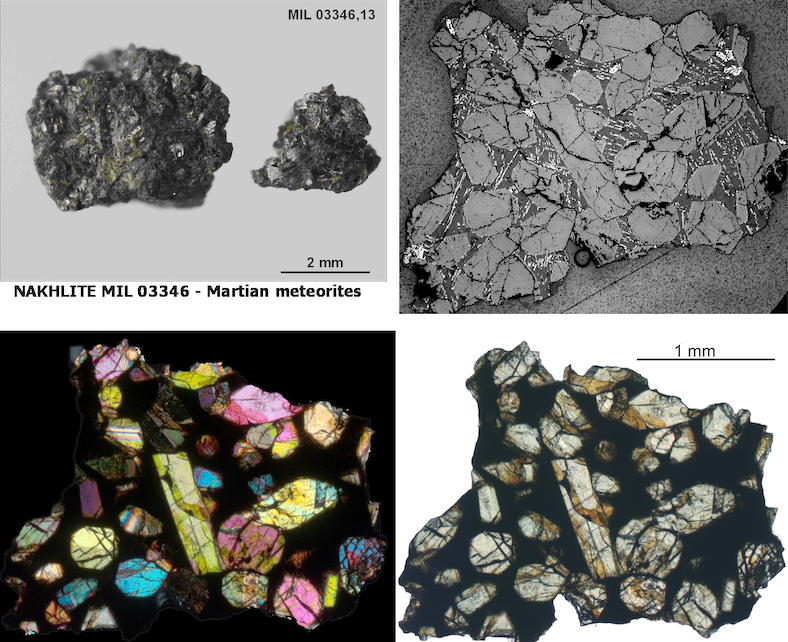
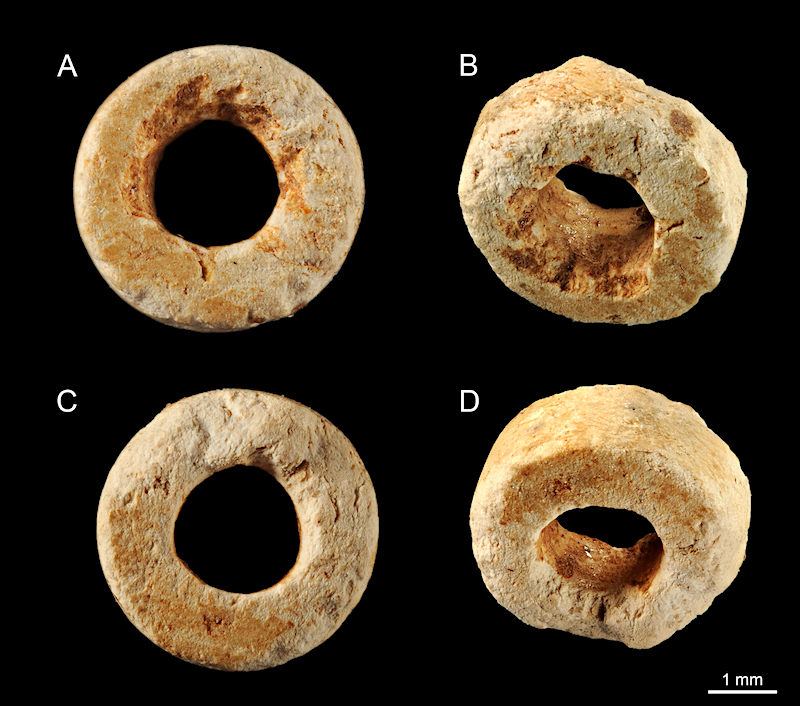
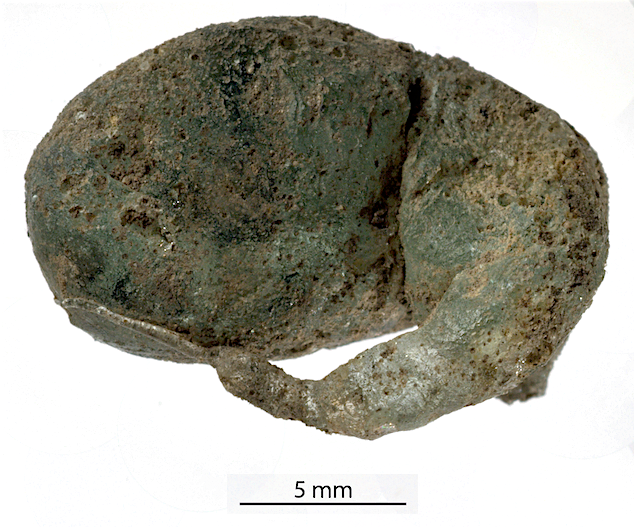
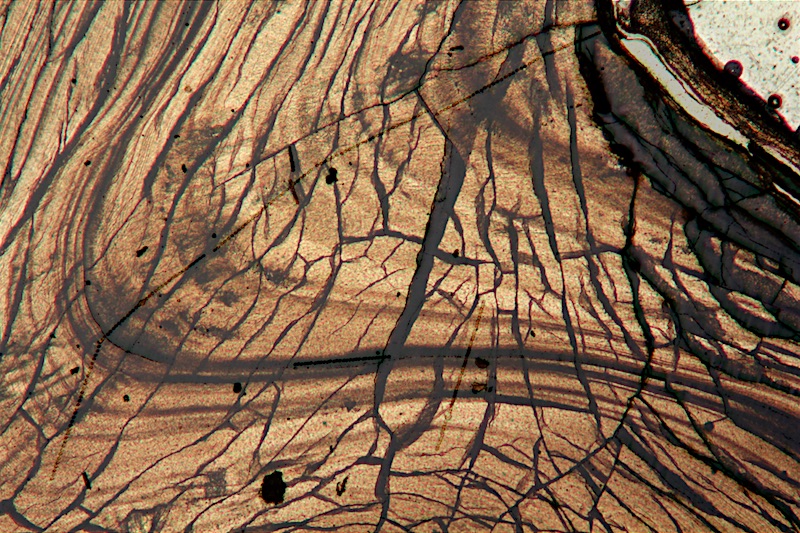

SELECTED PUBLICATIONS
- Pennacchioni G., Ceccato A., Fioretti A.M. Mazzoli C., Zorzi F., Ferretti P. (2016) Episyenites in metagranitoids of the Tauern Window (Eastern Alps): unpredictable? J. of Geodynamics. Accepted. in print.
- Angelini I., Fioretti A.M. (2016) Studio dei materiali legati ad attività metallurgiche: risultati preliminari. In: RICERCHE ARCHEOLOGICHE A SANT’ANDREA DI LOPPIO (TRENTO, ITALIA) IL CASTRUM TARDOANTICO-ALTOMEDIEVALE, pp 587-606. Archaeopress Publishing Ltd. Gordon House 276 Banbury Road Oxford. www.archaeopress.com ISBN 978 1 78491 361 8 -ISBN 978 1 78491 362 5 (e-Pdf)
- Fioretti A.M., Angelini I., Battisti M., Zandonai F. (2016) Perlina anulare di enstatite: carattterizzazione mineralogica e chimica e ipotesi sulla tecnica di produizione e zona di provenienza. In: RICERCHE ARCHEOLOGICHE A SANT’ANDREA DI LOPPIO (TRENTO, ITALIA) IL CASTRUM TARDOANTICO-ALTOMEDIEVALE, pp 657-694. Archaeopress Publishing Ltd. Gordon House 276 Banbury Road Oxford. www.archaeopress.com ISBN 978 1 78491 361 8 -ISBN 978 1 78491 362 5 (e-Pdf)
- Silvestri A., Fioretti A.M., Zandonai F. (2016) Analisi archeometriche su manufatti vitrei. In: RICERCHE ARCHEOLOGICHE A SANT’ANDREA DI LOPPIO (TRENTO, ITALIA) IL CASTRUM TARDOANTICO-ALTOMEDIEVALE pp.483-492. Archaeopress Publishing Ltd. Gordon House 276 Banbury Road Oxford. www.archaeopress.com ISBN 978 1 78491 361 8 -ISBN 978 1 78491 362 5 (e-Pdf).
- Alvaro M., Domeneghetti .M.C., Fioretti A.M., Cámara F., Marinangeli L (2015) A new calibration to determine the closure temperatures of Fe-Mg ordering in augite from nakhlites. MAPS, 50 (3); 449-507.
- Iobstraibizer, P., Fioretti, A. M., & Peruzzo, L. (2015). ANALYSIS AND ATTRIBUTION OF TECHNOGENIC MAGNETIC AIRBORNE PARTICULATE FROM ELECTRIC ARC FURNACE EMISSIONS: ACCOUNT OF A CONVENIENT MONITORING TOOL. FRESENIUS ENVIRONMENTAL BULLETIN, 24(12 B), 4602-4614.
- Alberta Silvestri, Serena Tonietto, Gianmario Molin, Paolo Guerriero (2015). Multi-methodological study of palaeo-Christian glass mosaic tesserae of St. Maria Mater Domini (Vicenza, Italy). EUROPEAN JOURNAL OF MINERALOGY, 27, pp. 225- 245.
- Guastoni A., Pennacchioni G., Pozzi G., Fioretti A.M., J.M. Walter J.M. (2014) Tertiary pegmatite dikes of the Central Alps. Canadian Mineralogist The Canadian Mineralogist Vol. 52, pp. 191-219 (2014) DOI : 10.3749/canmin.52.2.191
- Domeneghetti M.C., Fioretti A.M., Cámara F., McCammon C., Alvaro M. (2013) Thermal history of Nakhlites: a comparison between Mil03346 and its terrestrial analogue Theo’s flow. GCA, 121, 571–581. DOI: 10.1016/j.gca.2013.07.044
- Maurina B., Fioretti A.M., Zandonai F. (2012) Analisi archeometriche su reperti vitrei del sito di Loppio – S. Andrea: i primi risultati. Atti dell XIV Giornate Nazionali di Studio, Per un corpus dei bolli su vetro in Italia, Trento Castello del Buonconsiglio, 16-17 ottobre 2010, Cremona 2012.
- Meggiolaro V. Sapigni M., Fioretti A.M. (2011) Tremolite-calcite veins in the footwall of the Simplon Fault, Antigorio. Swiss Journal of Geosciences, DOI: 10.1007/s00015-011-0074-0
- Guastoni, A., Cámara, F. and Nestola, F. (2010) Arsenic-rich beta-fergusonite-(Y) from Mount Cervandone (Western Alps, Italy): crystal structure and genetic implications. American Mineralogist, 95, 487-494.
- Nestola F., Guastoni, A., Cámara F., Secco L., Dal Negro L., Pedron D., Beran A. (2009) Aluminocerite-Ce: a new species from Baveno, Italy: Description and crystal-structure determination. American Mineralogist, 94, 487-493.
- Goodrich C.A., Fioretti A.M., Van Orman J. (2009) - Petrogenesis of augite-bearing ureilites Hughes 009 and FRO 90054/93008 inferred from melt inclusions in olivine, augite and orthopyroxene. Geochimica et Cosmochimica Acta, 73, 3055-3076.
- Fioretti A.M., Domeneghetti M.C., Molin G., Càmara F., Alvaro M., Agostini L. (2007) - Reclassification and thermal history of Trenzano chondrite. Meteoritics and Planetary Science. 42, 2055-2066.
- Domeneghetti M.C., Fioretti A.M., Càmara F., Molin G., Tazzoli V. (2007) - Thermal history of ALH84001 meteorite by Fe2+-Mg ordering in orthopyroxene. Meteoritics and Planetary Science, 42: 1703-1710.
- Visonà D., Fioretti A.M., Poli M.E., Zanferrari A., Fanning M. (2007) - U-Pb SHRIMP zircon dating of andesite from the Dolomite area (NE Italy): Geochronological evidence for the early onset of Permian volcanism in the eastern Southalpine. Swiss J. Geosci. 100.
- Visonà D., Caironi V., Carraro A., Dallai L., Fioretti A.M., Fanning M. (2007) - Zircon megacrysts from basalts of the Venetian Volcanic Province (NE Italy): U–Pb ages, oxygen isotopes and REE data. Lithos, 94: 168-180.
- Braga, R., Morten, L., Zanetti, A., 2006. “Origin of a mica megacryst in an alkaline dike from the Veneto Volcanic Province, Italy”. European Journal of Mineralogy, 18, 223-231.
- Fioretti A.M., Black L.P., Foden J., Visonà D. (2005) - Grenville-age magmatism at the South Tasman Rise (Australia): a new piercing point for the reconstruction of Rodinia. Geology, 33-10; p. 769-772.